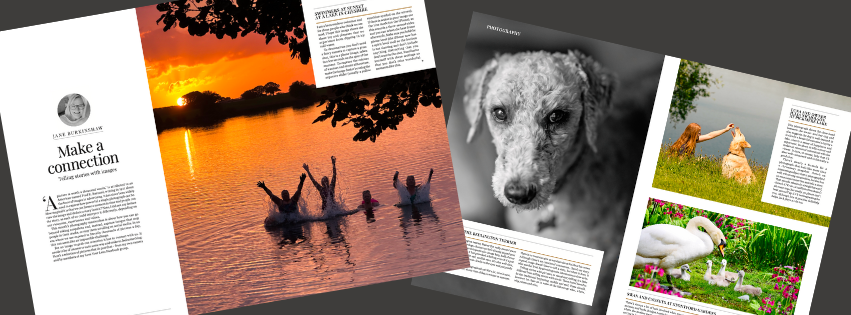
This article first appeared in Cheshire Life magazine March 2024.
Visual storytelling - a picture is worth a thousand words
The saying “a picture is worth a thousand words” is usually attributed to an American called Fred R. Barnard, who wrote it in 1921 in relation to the power of images in advertising. It has since been widely used to express how powerful a single photograph can be. How magical it is that we can freeze a moment in time and that people can view the image and deduce a story from it? Note that I did not say deduce the story, as it is possible that each of us could interpret it differently, depending on our viewpoint, experiences and values. This is visual storytelling.
Go beyond taking snapshots and, instead, capture images that stop people in their tracks, or stop the scroll on social media. In an era where we are exposed to literally thousands of pictures a day, this can seem like an impossible challenge.
For an image to grab our attention it has to connect with us. It needs to be of interest to us in some way and make us feel something.
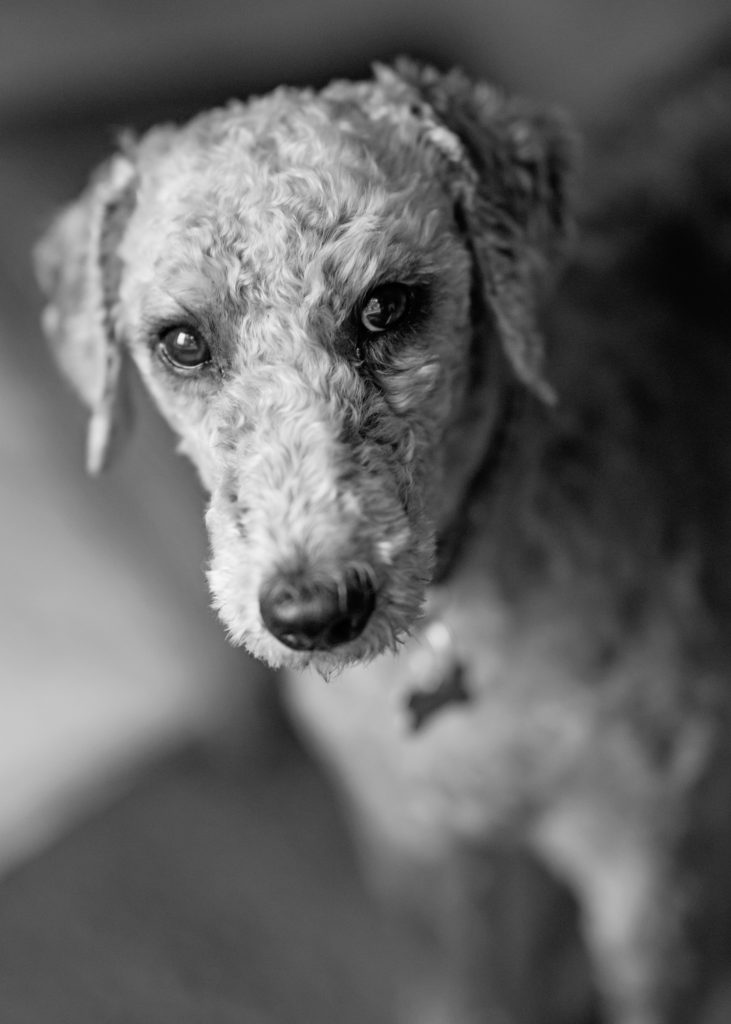
Let’s take this photograph of a dog as an example. It’s our Bedlington terrier, Buster (he sadly passed away in 2023). If you like dogs then chances are he’s already piqued your interest, but how does this particular image keep hold of your attention? Hopefully it has provoked a feeling, even if it’s just that he’s cute with quite sad, soulful eyes. It’s also well shot, in good light, with the focus clearly on the eyes and purposely very soft focus elsewhere.
What else does this photograph tell us? Not a lot, to be honest. He could be anywhere, at any time of day, in winter or summer. There is no context to give us any clues about his life or his owner. Although there’s an emotional connection there’s no story. A good image doesn’t have to tell a story, but when it does, it adds another level, by providing more information to draw us in.
Telling stories with pictures, or visual storytelling, is a little different to telling stories with words. There doesn’t need to be the traditional beginning, middle and end. There should, however, be clues as to some of the following: what, where, why, when and who.
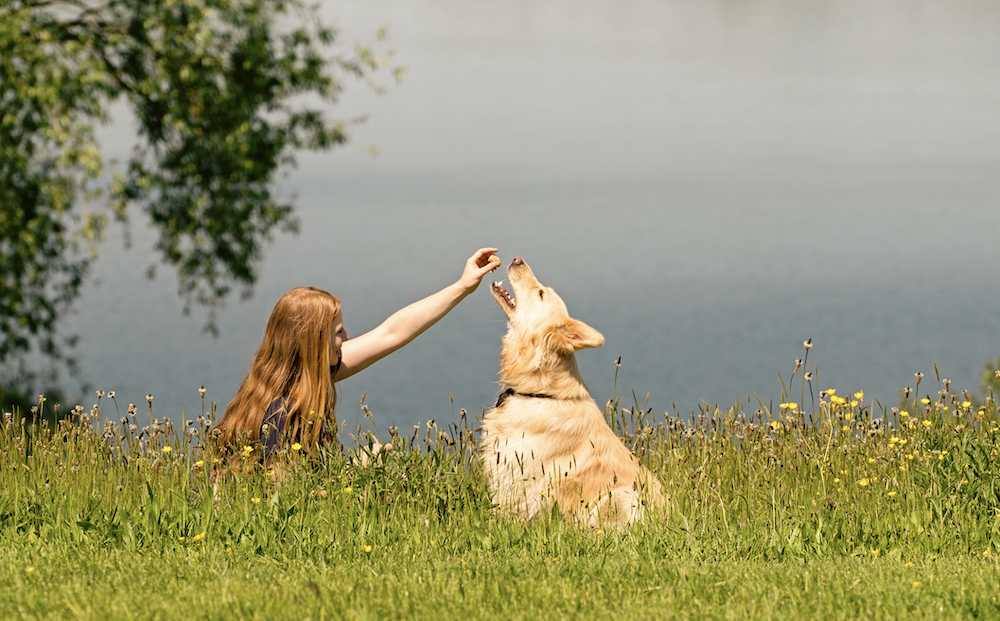
This photograph shows the close bond between the owner and her dog and also suggests that the dog is well trained. It is clearly a beautiful summer’s day by a lake, there’s a sense of happiness and enjoyment. In short, it tells a story and makes an emotional connection with the viewer. It does, of course, help that it’s also well composed and technically a good shot.
There’s clearly a formula for a photograph that feels like more than a throwaway snapshot: there’s an interesting subject that is photographed well, with strong composition, but also has an emotional connection and tells a story. That sounds relatively straight forward, doesn’t it? Er no, actually it often doesn’t all come together easily, so please don’t beat yourself up if it’s not happening for you. Although lots of practice definitely helps, luck plays a role too.
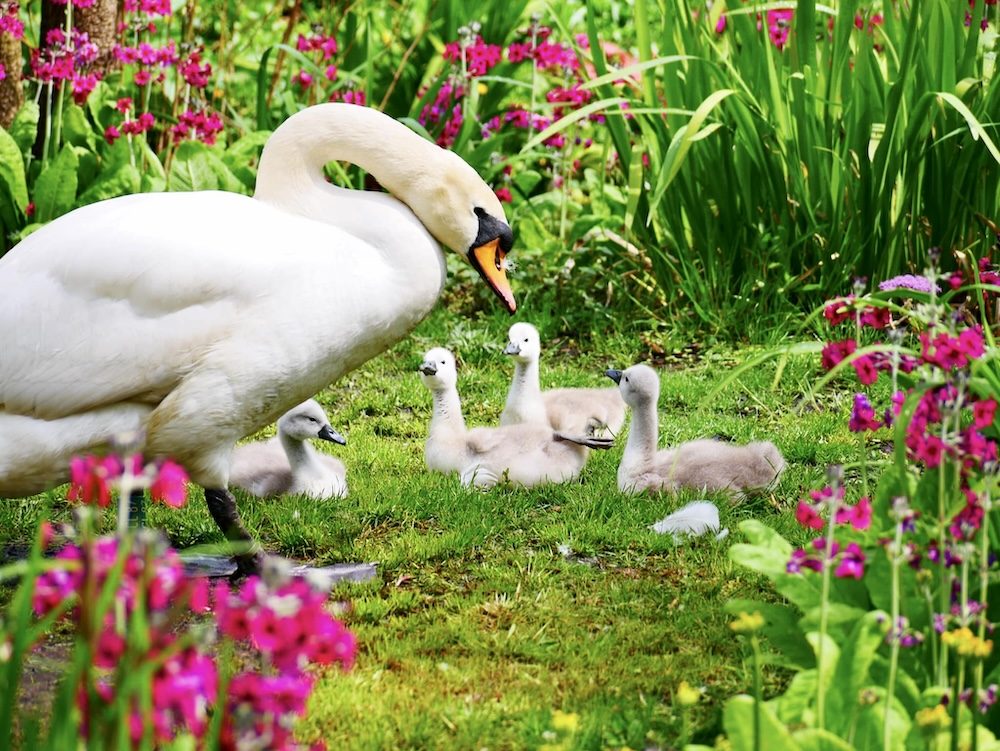
A swan and cygnets at Stonyford Gardens. Photo credit Bridget Austin
There’s always a lot of luck involved when you are photographing animals and birds. Here the photographer has captured a beautiful moment where the mother swan appears to be tending to her cygnets. The setting is lovely with pretty pink flowers framing the birds and it’s a gorgeous sunny day. The secret here is patience, taking lots of photographs and keeping your fingers crossed that the birds don’t head off into the undergrowth. Regular practice also helps ensure that you can quickly get everything right in the moment.
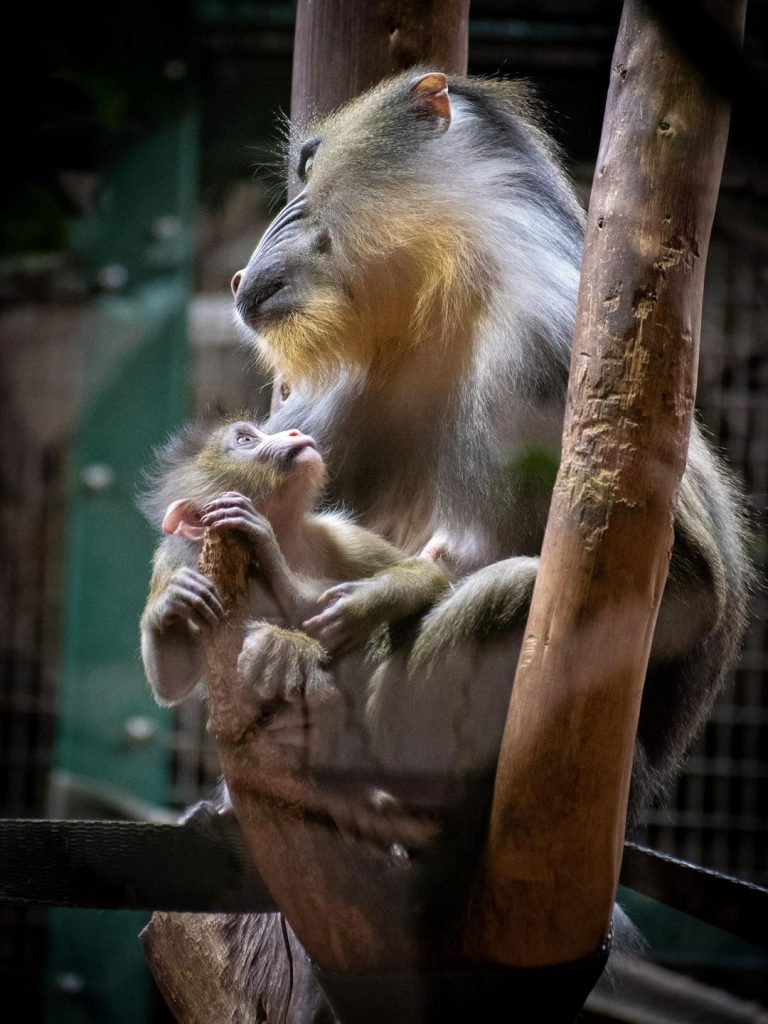
A mandrill mother and baby at Chester Zoo. Photo credit Ann Cooke
There are so many reasons why this image is outstanding. The light is just perfect, highlighting the monkeys’ fur and falling onto their faces, like a spotlight revealing the bond between mother and baby. It conveys tenderness, intimacy and curiosity. There’s so much detail and the colours work together well. I wish I’d taken it! I also know that I could visit the zoo ten times and probably not get such a perfect opportunity present itself. The photographer was patient, experienced and let’s face it, a little lucky that the monkeys sat close to the window in beautiful light and in such a lovely pose.
It’s hard to believe that this photograph was taken through glass. It feels as if the monkeys are immediately in front of you. To make the glass ‘disappear’ like this, make sure the flash is switched off and position yourself so that you can’t see your reflection. Watch out for other people’s reflections too.
I’m a professional photographer with all the gear and decades of experience, and yet I take lots of photos that wouldn’t stop anyone in their tracks, as they are just snapshots that record a funny moment or remind me of a place. However, if I want to take a ‘proper’ photograph, I take a little more time and try to capture an emotion or include some context so that it becomes more than just a snapshot.
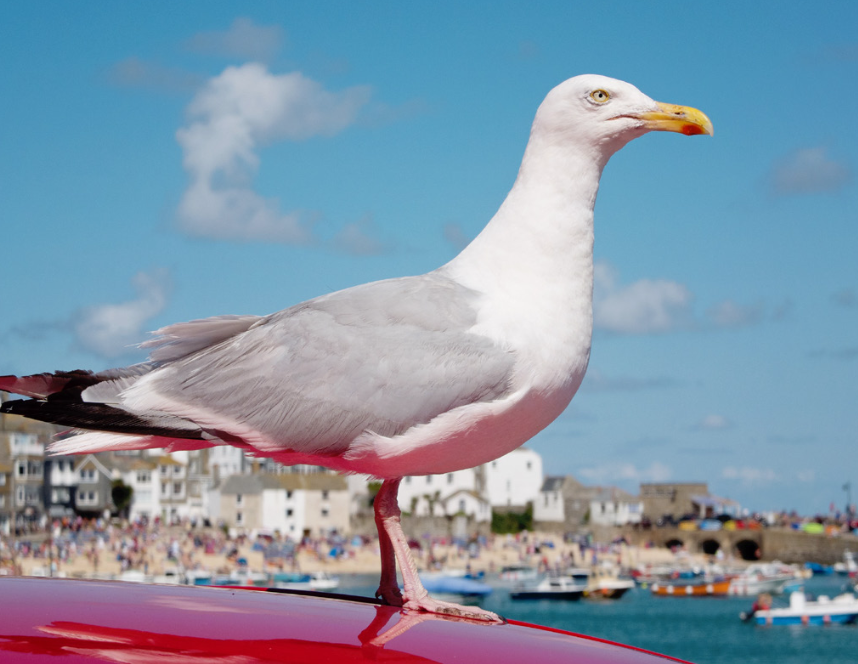
Seagulls are both magnificent birds and a menace to tourists, and they are often seen as a symbol of British seaside holidays. Rather than just capturing a shot of the bird on the sand or on a car, try to include some context that tells people so much more. Anyone who has ever visited St Ives will recognise it immediately from this shot and also know that it is a gorgeous sunny day at the height of the season. The seagull fills the frame, feels very close to the viewer, and looks powerful, alert and watchful (no doubt looking for its next chip-eating victim). These are all ways to elevate your images from snapshots to great shots.
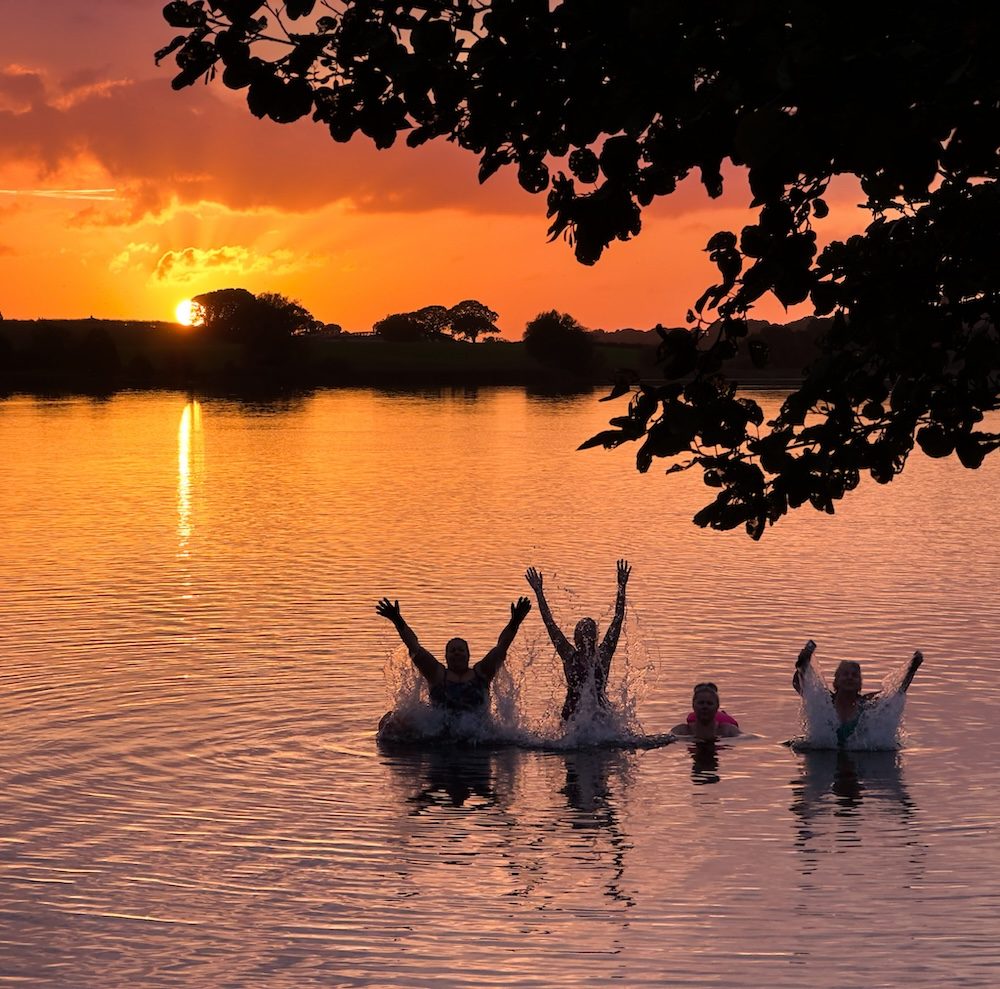
I am a keen outdoor swimmer and for those people who think we are mad, I hope this image shows the sheer joy and pleasure that we experience, from dipping in icy cold water.
To demonstrate that you don’t need a fancy camera to capture a great shot, this is a phone image, taken in a few seconds on the spur of the moment. To capture the colours of a sunset and create silhouettes, make the image darker by using the exposure slider (usually a yellow sunshine symbol on the screen). If there is action in your image use the Live mode (on the iPhone), as this records a three second video and you can select the best frame afterwards. Make sure you hold the phone level (the iPhone now has a spirit level tool) so that the horizon is not slanting and don’t include anything distracting that you don’t want in the shot. Familiarise yourself with these settings so that you don’t miss wonderful moments like this.
And finally, ask yourself, why am I taking this photo, what do I want to say and how can I show that? Is it obvious what is happening and when and where? Answer just some of these questions and your photograph will be worth a thousand words.
If you found this post interesting then you can read more about visual storytelling in my post about wild swimming. https://www.loveyourlens.co.uk/telling-stories-with-photographs/


No comments yet.